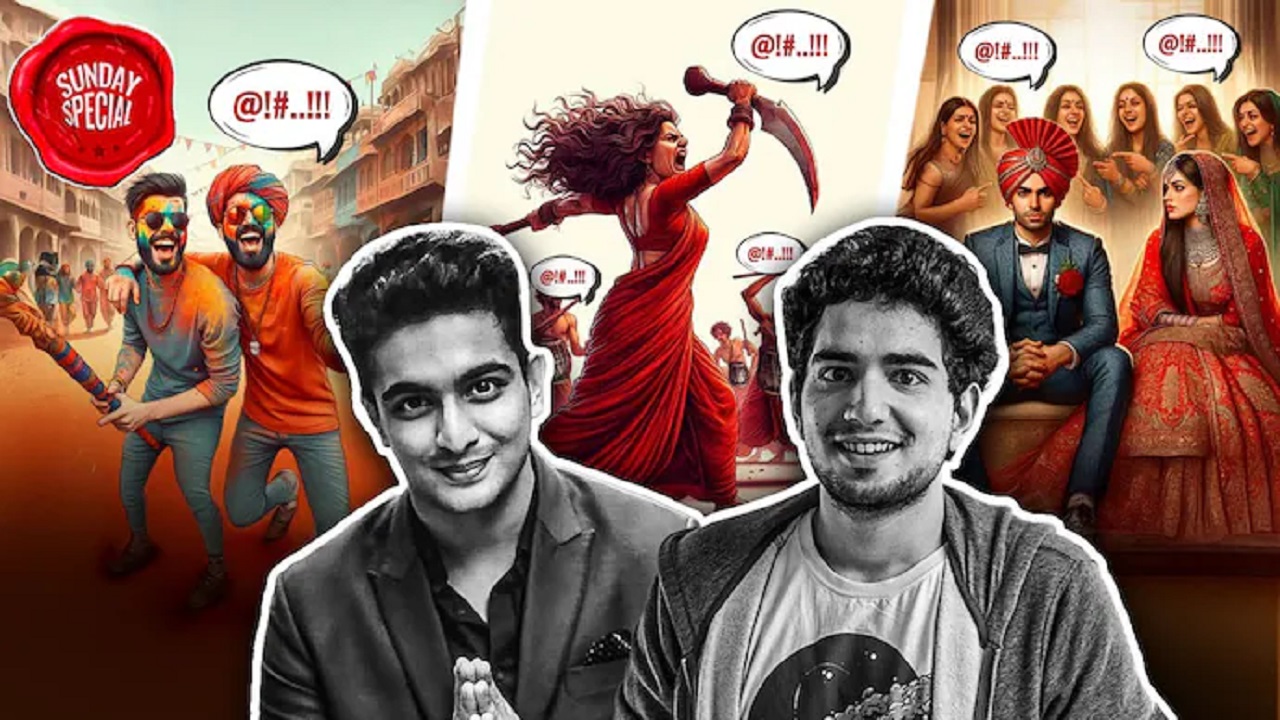Obscenity Laws in India: Ranveer Allahbadia Controversy
In India, obscenity laws aim to maintain a balance between freedom of speech and protecting public morality. With the rise of digital platforms and social media, defining what is obscene has become more complex. Recently, the investigation of Ranveer Allahbadia and Samay Raina, following controversial remarks on their YouTube show, has brought attention to how these laws are applied in modern times.
These controversies reflect ongoing debates about what constitutes obscene content and how such content should be regulated, especially when it involves digital platforms like YouTube.
What is Obscenity Under Indian Law?
In Indian law, obscenity refers to content that is excessively sexual, morally corrupting, or lascivious. Here's how it's addressed in the law:
-
Section 294 of the Indian Penal Code (IPC):
- This law makes it illegal to sell, display, or distribute obscene material, whether it's in the form of books, paintings, videos, or even online content.
- Punishment: Up to 2 years in jail and a ₹5,000 fine for first-time offenders.
-
Section 67 of the Information Technology Act (IT Act), 2000:
- This law specifically addresses the online publication or transmission of obscene material.
- Punishment: Up to 3 years imprisonment and a fine of up to ₹5 lakh for first-time offenders.
How Has the Law Evolved Over Time?
The way courts in India understand obscenity has changed over time, especially in response to changing social values.
-
Early Rulings: The first significant Indian case on obscenity was Ranjit D Udeshi v. State of Maharashtra (1964), where the Supreme Court used the Hicklin Test. This test judged whether a piece of content could corrupt impressionable minds (like children). This was a strict approach to obscenity.
-
Changing Standards: The UK and US also reconsidered their definitions of obscenity:
- The UK moved away from the Hicklin Test and adopted a more holistic approach, where content was judged as a whole.
- The US adopted the community standards test, considering whether content appealed to prurient interests (sexual desire) based on society’s current values.
-
India’s Shift: In 2014, the Supreme Court in Aveek Sarkar v. State of West Bengal moved away from the Hicklin Test and began using the Community Standards Test. This means content is now judged based on modern societal values rather than outdated moral views.
Obscenity in Online Content: Key Court Rulings
As more content is shared online, Indian courts have made rulings that clarify the definition of obscenity in digital spaces.
- Supreme Court Ruling on College Romance (2024):
- In a case involving the YouTube series College Romance, the Supreme Court quashed charges of obscenity against the show's creators. The case centered on accusations that the show used vulgar language and sexual discussions.
- The Court ruled that vulgar language does not automatically make content obscene unless it specifically arouses sexual desires. In this case, the language used in the show did not cause lustful feelings, so it was not obscene.
The Ranveer Allahbadia Controversy
The controversy involving Ranveer Allahbadia, Samay Raina, and Apoorva Makhija has drawn attention due to obscene remarks made during an episode of India’s Got Latent. These comments, which included inappropriate questions about sex and parents, sparked public outrage.
As a result, complaints have been filed under several sections of the Bharatiya Nyaya Sanhita (BNS), 2023:
- Section 79: Criminalizes words or gestures that insult the modesty of a woman, with up to 3 years in prison and a fine.
- Section 196: Deals with promoting enmity between different social or religious groups, with penalties including imprisonment or fines.
- Section 296: Addresses obscene acts in public, with up to 3 months imprisonment or a fine.
- Section 3(5): States that if several people participate in an obscene act, they are all equally responsible for the punishment.
Frequently Asked Questions (FAQs) About Obscenity Laws in India
-
What are Sections 292, 293, and 294 of IPC?
- These sections criminalized obscene materials, sales to minors, and obscene public acts, which have now been replaced by similar provisions in the BNS.
-
What is obscenity under BNS?
- BNS defines obscenity as content that is lascivious or sexually explicit, and punishes those involved under Sections 294, 296, and digital laws.
-
Is obscenity a crime in India?
- Yes, obscenity is considered a punishable offense under BNS and the Information Technology Act, 2000.
-
What is obscenity in cyberspace?
- It refers to the online publication or transmission of sexually explicit material, which is punishable under Section 67 of the IT Act.
-
What is Section 67 of the IT Act?
- Section 67 penalizes publishing or transmitting obscene material online, with penalties of up to 3 years imprisonment and a fine of up to ₹5 lakh.
Conclusion
The issue of obscenity in India continues to be a subject of debate, especially with the rise of digital content. While freedom of expression is important, the law also aims to protect public morality. Over the years, the courts have shifted toward using the Community Standards Test to assess content, considering current societal values rather than adhering to outdated standards. As technology advances, it's crucial for the law to continue evolving in response to new forms of media and changing public perceptions.

.jpg)


Comments (0)